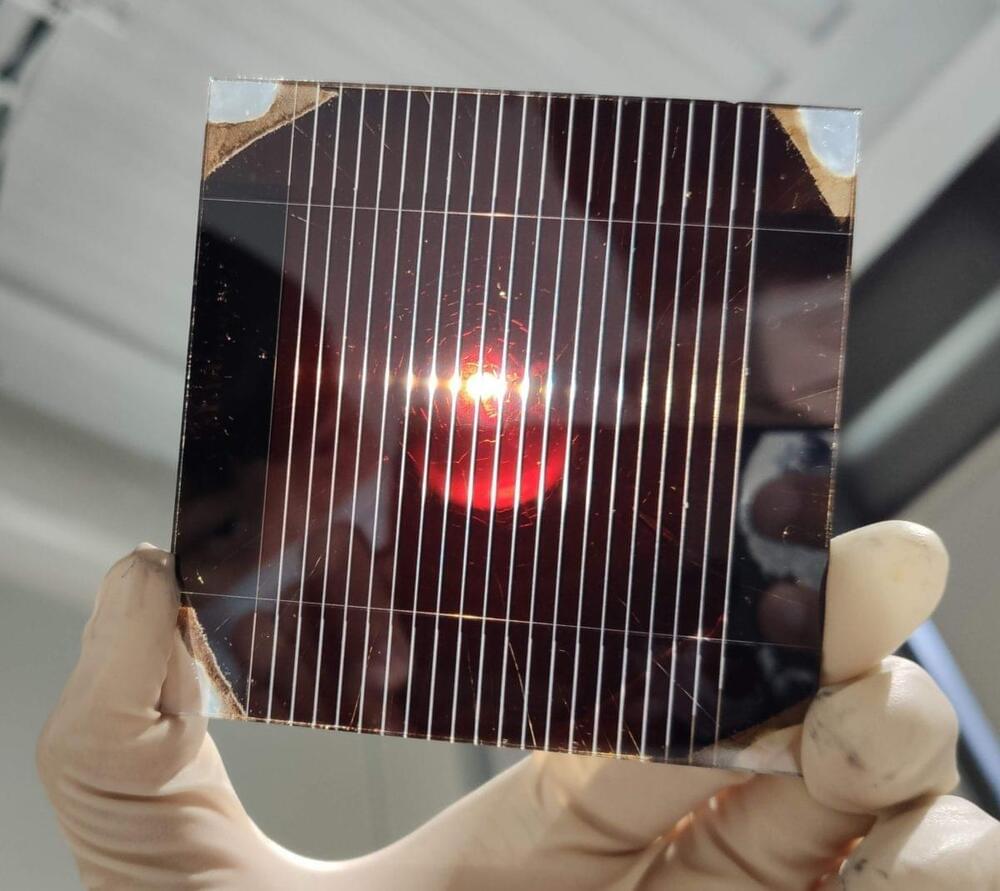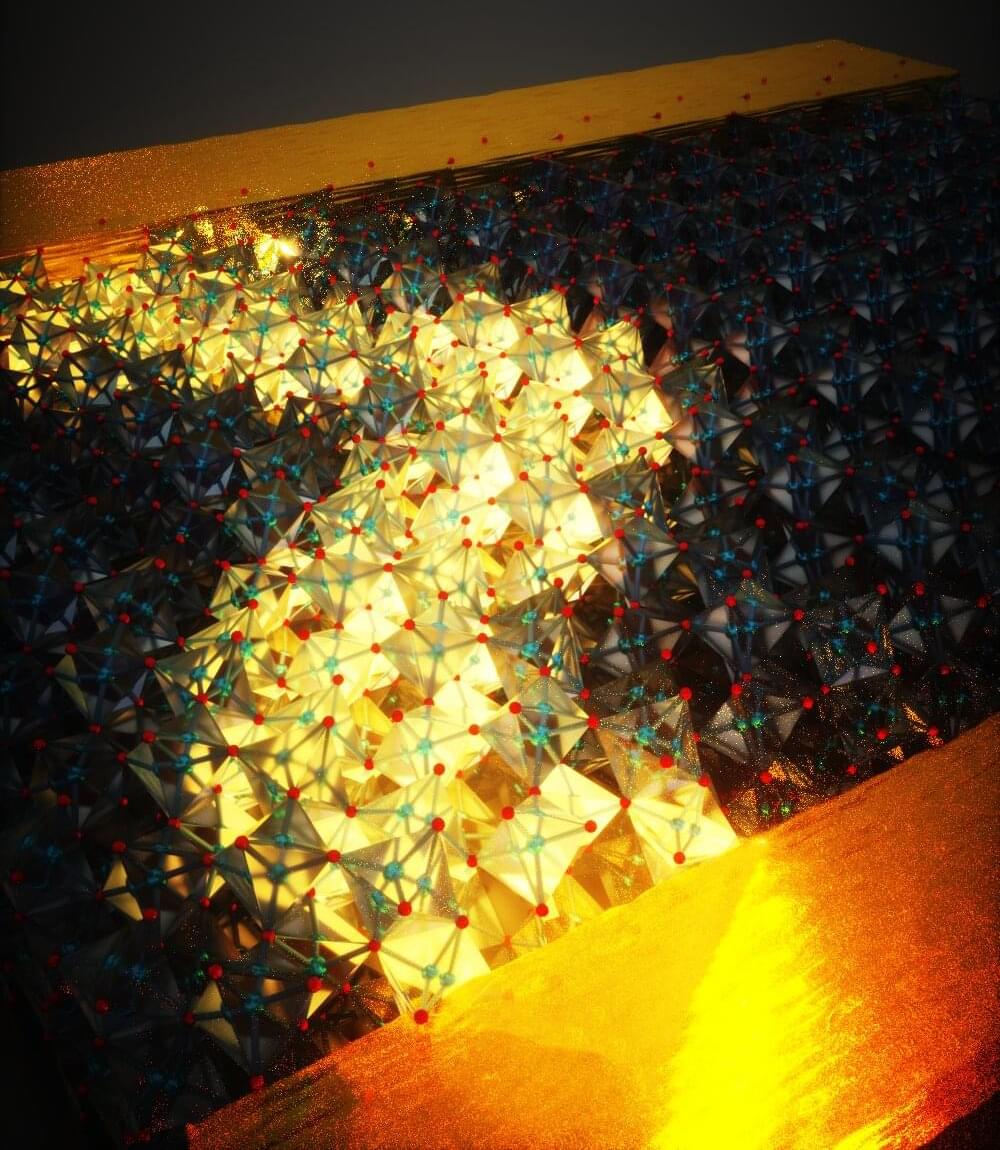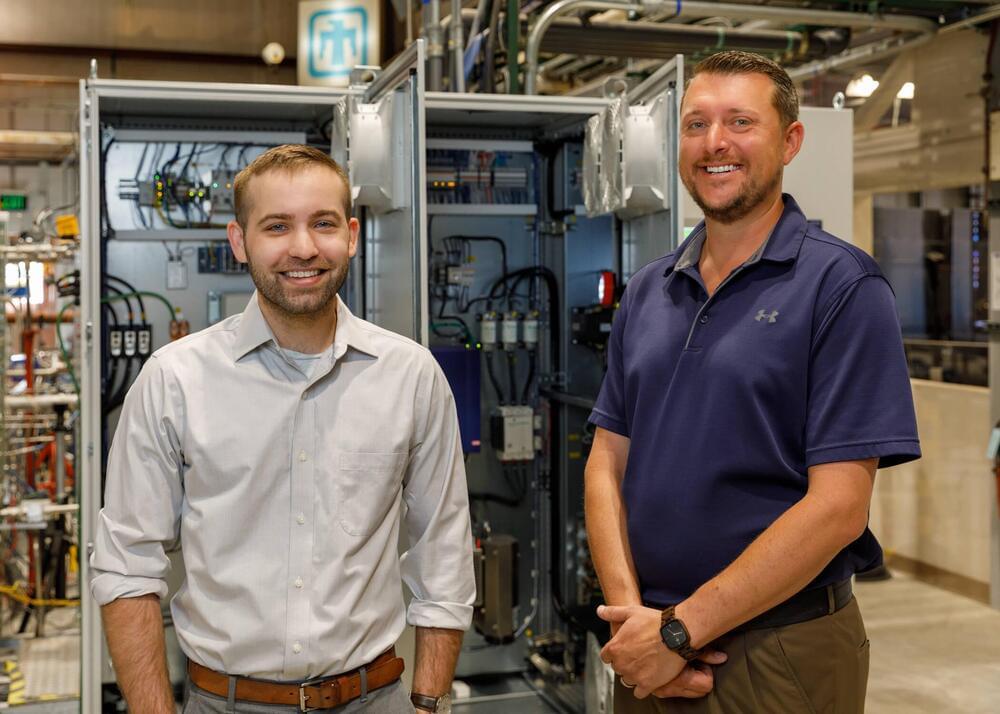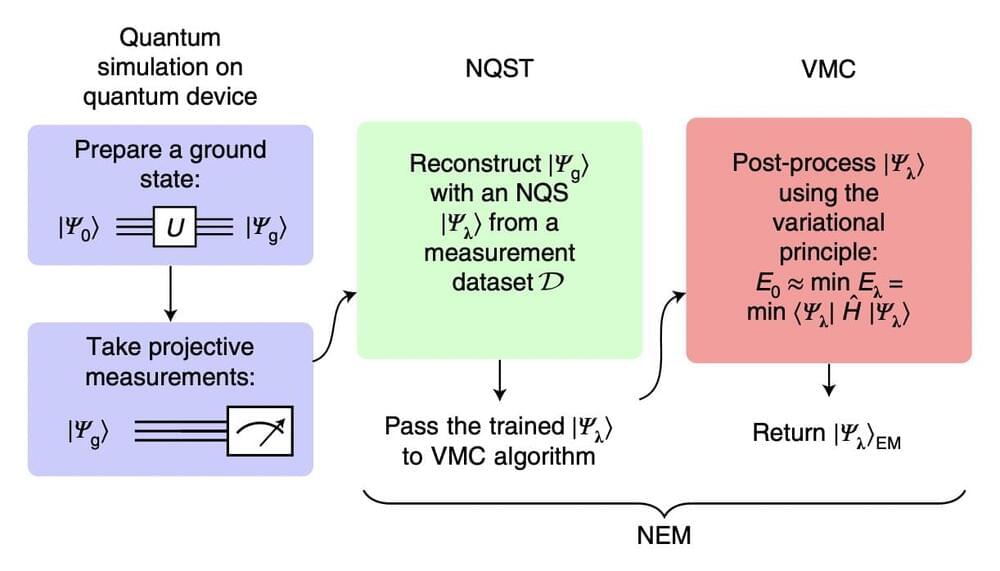Any Xenomorph-fearing ‘Alien’ fan will tell you that sound doesn’t exist in space. The thing is, that’s not completely true.
Back in May, during black hole week, NASA released an eerie sound clip of a black hole showing that space does make a lot of noise, depending on where you look, and how you process it.
“The misconception that there is no sound in space originates because most space is a ~vacuum, providing no way for sound waves to travel. A galaxy cluster has so much gas that we’ve picked up actual sound. Here it’s amplified, and mixed with other data, to hear a black hole!”









